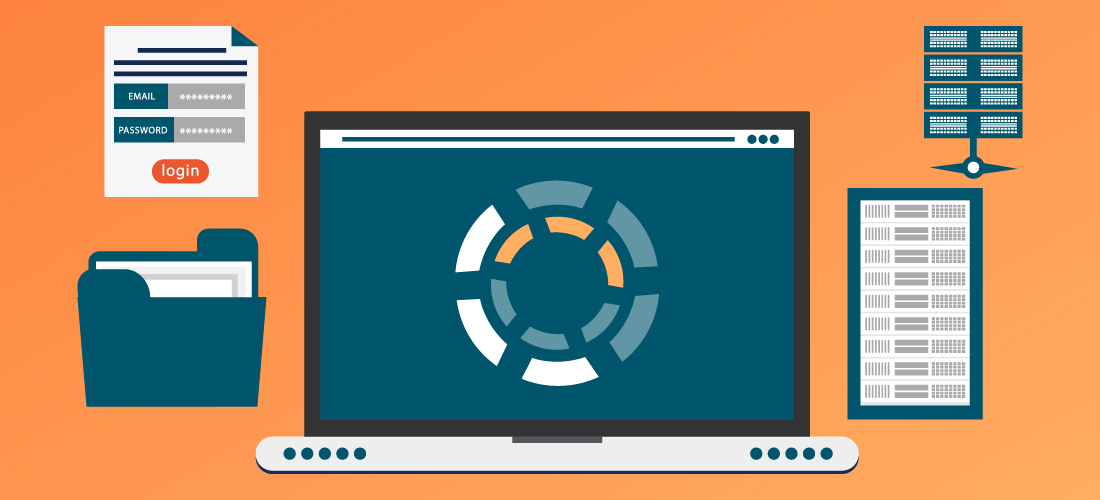Disaster Recovery Planning: How to Ensure Your Backups Will Get You Back Up and Running

What Is Disaster Recovery Planning Disaster recovery planning is the process of preparing an organization to respond to a catastrophic event that could potentially disrupt its normal operations. This could include natural disasters like hurricanes or floods, cyber attacks, power outages, or other types of events that could cause data loss or downtime. Disaster recovery planning typically involves identifying critical business systems and data, assessing potential risks and vulnerabilities, and developing strategies to minimize the impact of a disaster on an organization's operations. This could include procedures for backing up and restoring data, activating redundant systems or infrastructure, relocating operations to a secondary site, or other measures to maintain continuity of operations. The goal of disaster recovery planning is to ensure that an organization can quickly recover from a disaster or other disruptive event, and minimize the impact on its operations and reput

